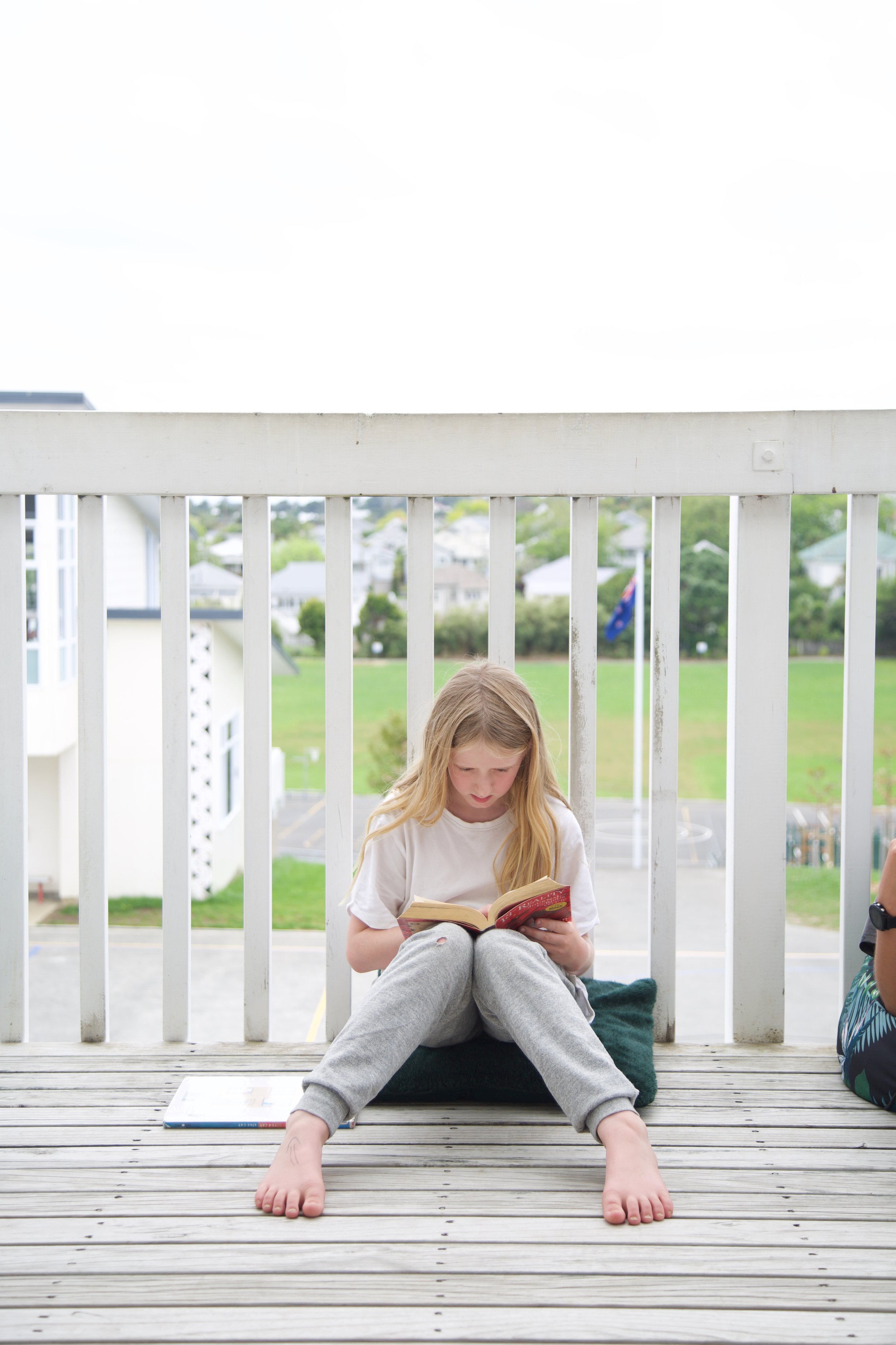
Inquiry at Balmoral
Purpose: to value diversity and develop curious, confident and connected learners.
How: by thinking and doing for myself, through thinking and doing with others.
“To be truly educated is to know how to be a skilled inquirer that means knowing, understanding many things but also – much more important than what you have stored in your mind – to know where to look, how to look, how to question, how to challenge, how to proceed independently, to deal with the challenges that the world presents to you…in co-operation and solidarity with others.”
The vision for our school is to cultivate within the child a lifelong passion for learning and creativity that is ‘to value diversity and develop curious, confident and connected learners.” We believe that all children are full of curiosity and creativity; capable of making connections and building deep understandings. It is the teacher’s responsibility to create the right environment that recognises and values children’s diverse ways of learning and making meaning. Therefore the teachers’ decision making must be highly intentional in order to deepen children’s understanding within authentic contexts and to explicitly make links to the concepts and skills that underpin the NZC. The teacher works with the students to co-construct this curriculum.
The Inquiry Process
“The intention of the inquiry process is to guide teachers’ and learners’ thinking beyond simply coming up with activities and towards a more thoughtful process that assists students to move from the known to the unknown and to engage in fruitful dialogue.”
Pg76 – The Power of Inquiry, Murdoch
The Provocation:
Put simply, provocations provoke! They provoke thoughts, discussions, questions, interests, experiments, creativity and ideas.
Provocations can come in many form such as: an interesting photo, picture or book; nature (e.g. specimens); conceptual (e.g. changing seasons, light); old materials displayed in a new way; an interest that a child or children have; an object (e.g. magnets, maps); new creative mediums; questions (from any source – i.e. What is gravity?); an event (e.g. a presentation, a holiday); conversations that you overhear; may be introduced to deepen the current inquiry.
Ultimately, the intention of provocations is to provide an invitation for a child to explore and express themselves. It should be open-ended and provide a means for exploration where possible.
In exploring this provocation, the teacher and students could use a thinking model such as ‘I see, think, wonder’. From listening to and recording responses to the provocation an inquiry focus can be determined. It is important as teachers to ask ourselves what concepts might underpin this particular inquiry and why is it worth working on, why does it matter? Some of the best questions happen well down the Inquiry path.
As part of Inquiry in the Junior School, children play during the first block of each day and teachers make links to their classroom Inquiry wherever possible.



